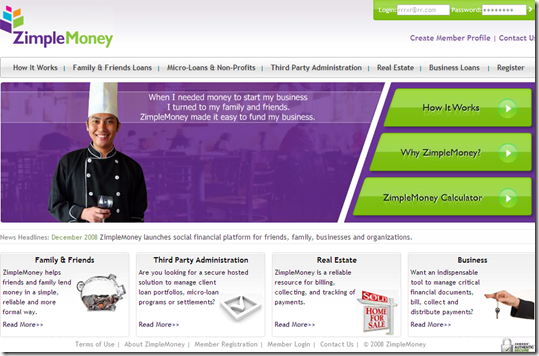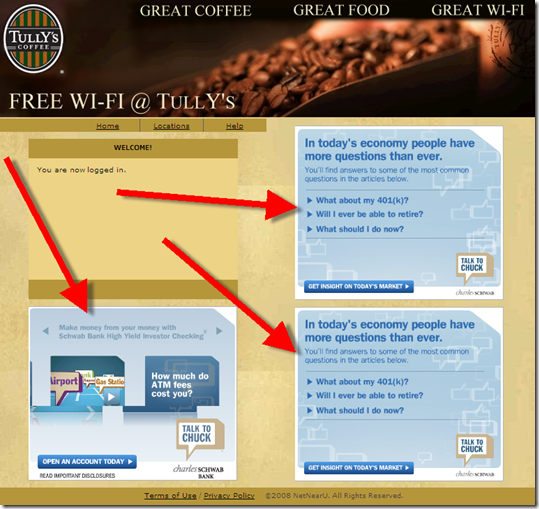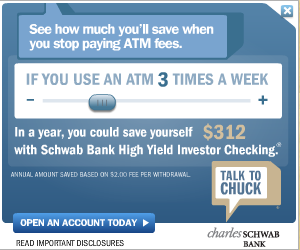 When’s the last time you Googled something and found nothing? Evidently WaMu’s innovative P2P funds transfer service got lost in all the “excitement” this year and word never got out.
When’s the last time you Googled something and found nothing? Evidently WaMu’s innovative P2P funds transfer service got lost in all the “excitement” this year and word never got out.
Luckily, I was seated beside Aliaswire (see note 1) SVP Keith Smith at dinner in Orlando two weeks ago. His company powers WaMu Send Direct, a service for P2P payments service for WaMu credit card holders, launched earlier this year at <wamusenddirect.com>.
WaMu Send Direct uses a variety of methods to transfer funds with as little hassle or with as much privacy as desired (see note 2). Cost to the sender is 2% of the amount sent with a $2 minimum. Recipients pay nothing.
This makes for a good pricing model for such things as parents sending money to a child, but not so good for consumer-to-business payments, UNLESS the consumer can avoid a late payment and/or finance charge (aka, expedited payments).
In addition to the 2% fee, the amount sent is posted to the WaMu credit card as a purchase and is subject to the prevailing APR and presumably an interest-free grace period if applicable (see note 3).
Transfers all come out of a WaMu credit card, but they can go to the recipient in any of the following ways:
- Directly to a checking/savings account if the sender has the bank account info of the recipient
- Directly to a debit card, ATM card, or credit card if the sender has the recipient’s card number
- To the recipient’s phone or email address, requiring the recipient to call or log in at WaMu to claim the funds by providing bank account info; however, on subsequent transfers the recipient would not be required to contact WaMu so long as they signed up for Automatic Claim
Transfers can be initiated via:
- Website <wamusenddirect.com>
- SMS message to specific short code
- Telephone call to a toll-free number
It’s a cool service. It will be interesting to see if Chase continues the service as they assimilate the WaMu credit card portfolio.
WaMu Send Direct Homepage (5 Dec 2008)
Note the text message box at the bottom offering to text a bookmark to the user.
Notes:
1. The name comes from the ability for a user to transfer funds (aka “wire”) to other users via “alias”, e.g., email address or mobile phone number.
2. Despite my longstanding policy of avoiding flow charts in NetBanker, here’s a schematic of how Aliaswire’s mPay works. mPay is the service that WaMu has private-branded as WaMu Send Direct.
3. The Terms & Conditions states that the payment is considered a “purchase,” which sounds like it would qualify for an interest-free grace period on accounts not currently revolving; however, the terms did not specifically say that.





_thumb.jpg)

_thumb.jpg)
_thumb.jpg)
























